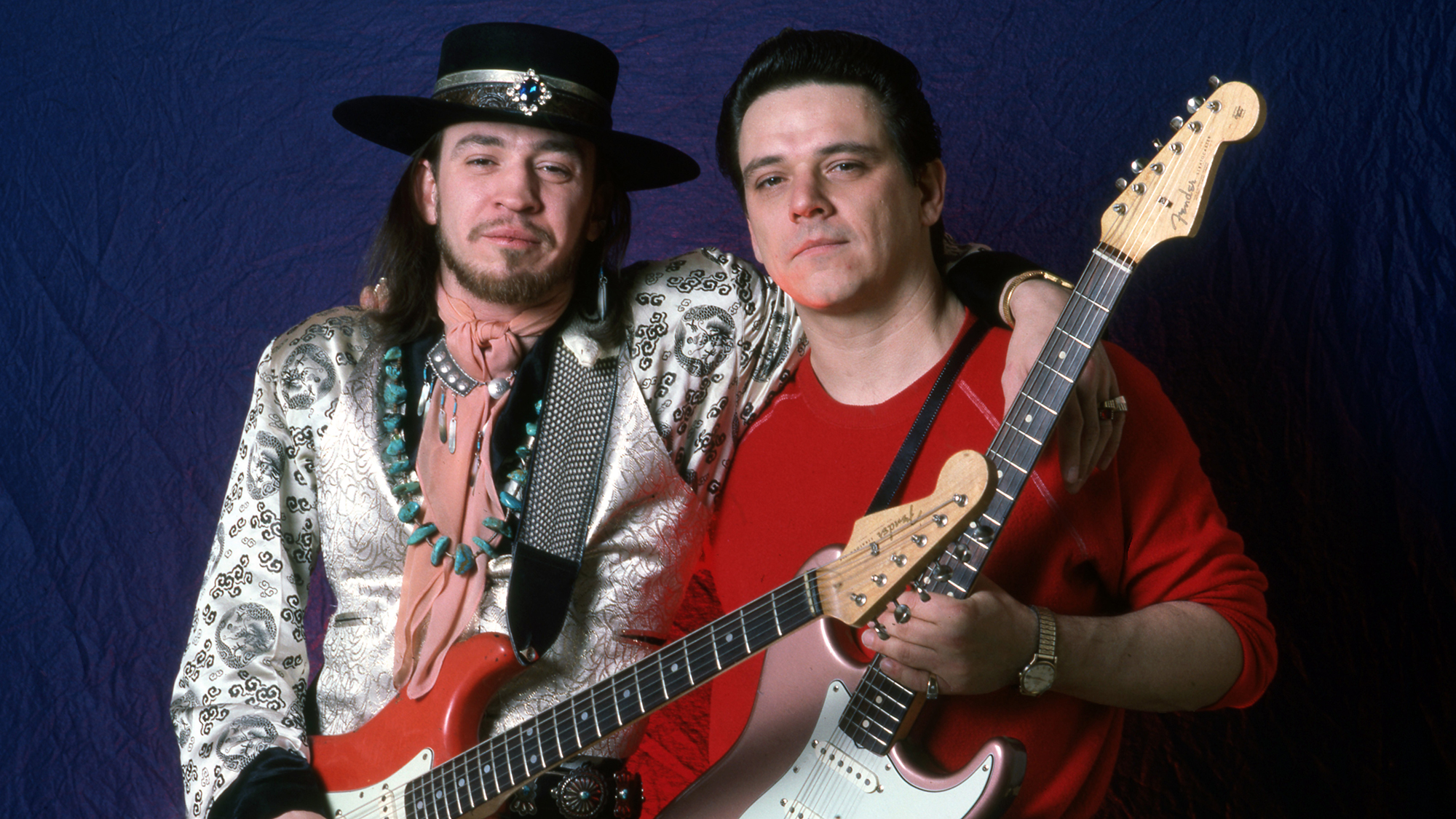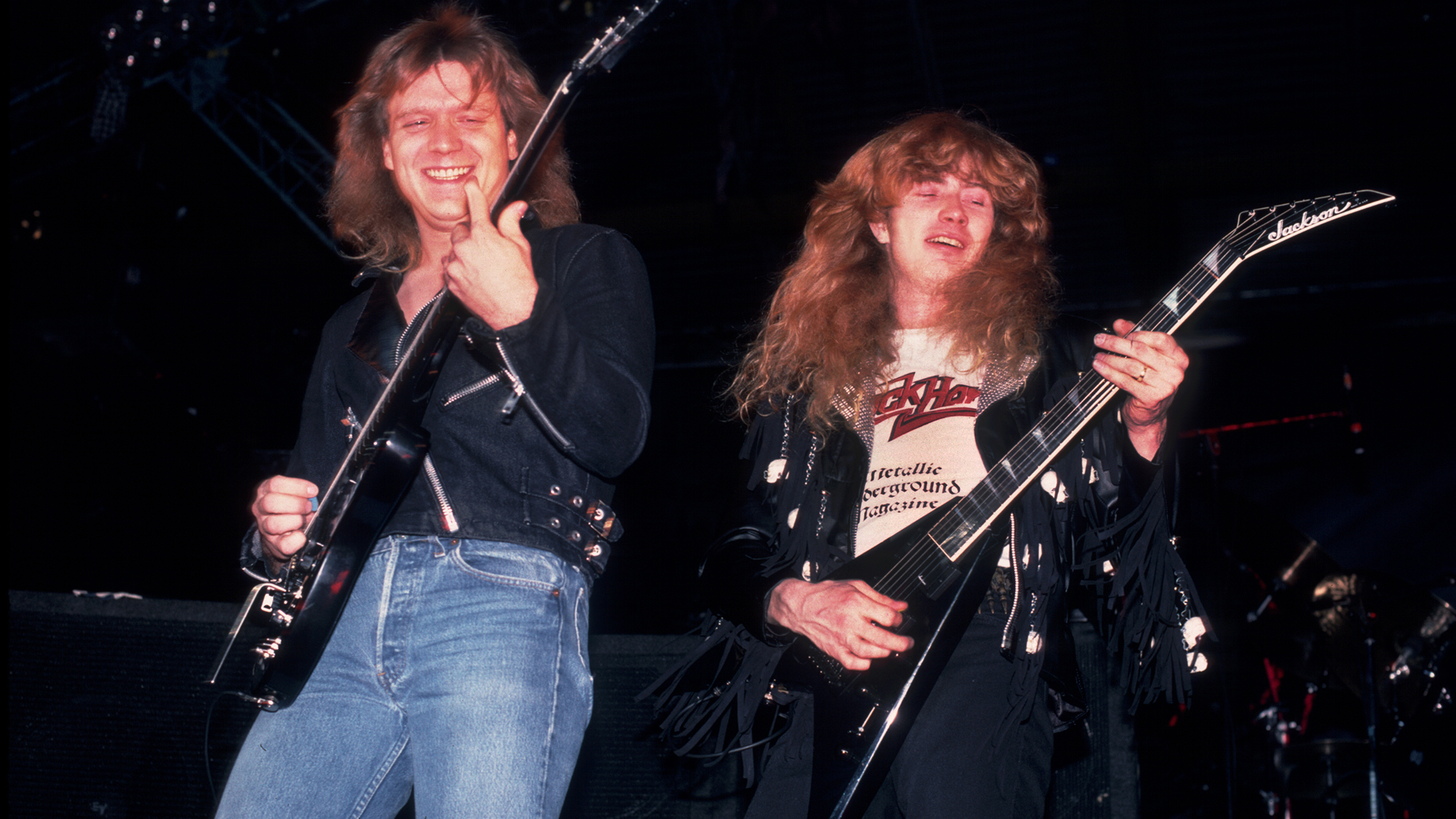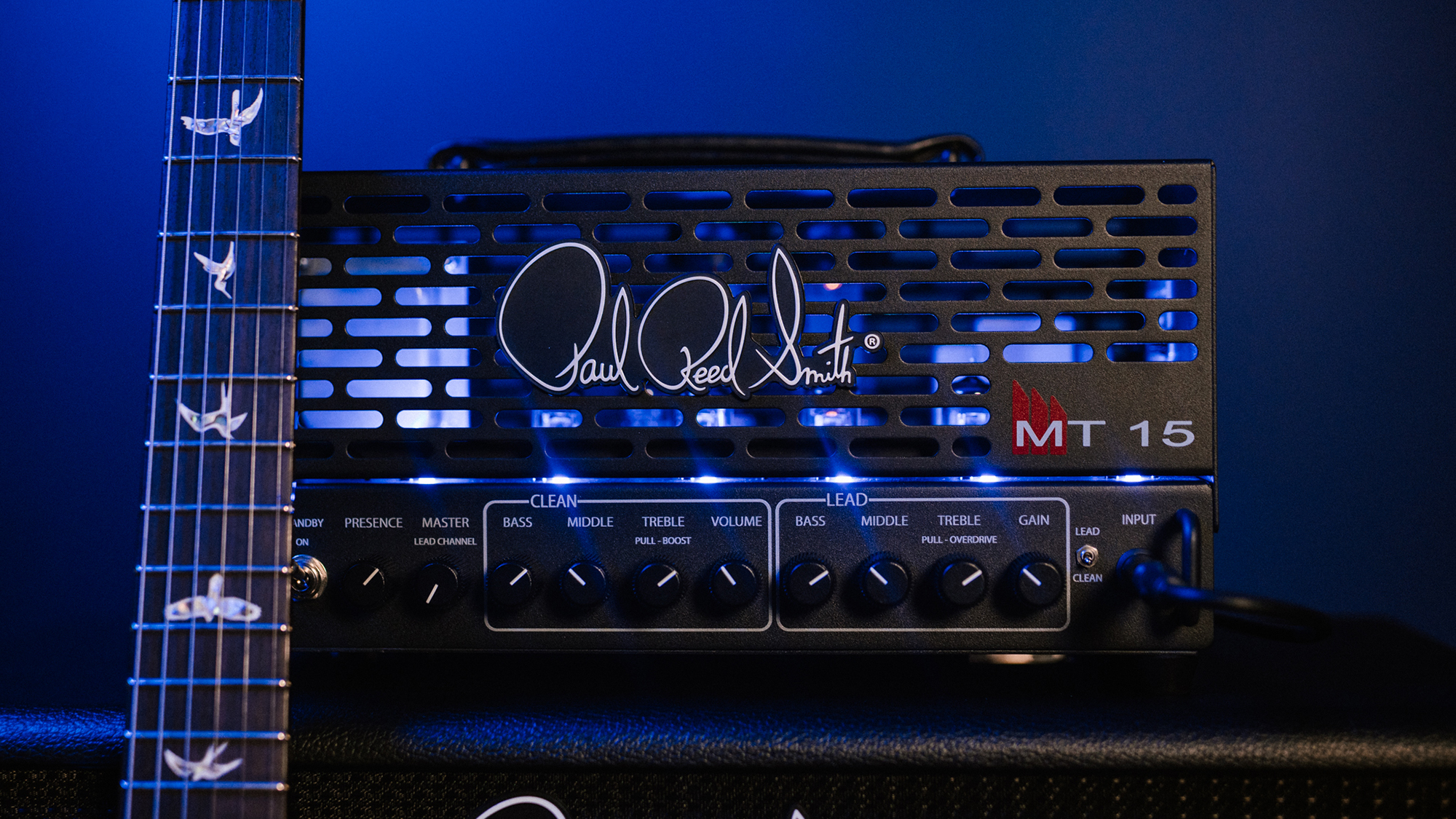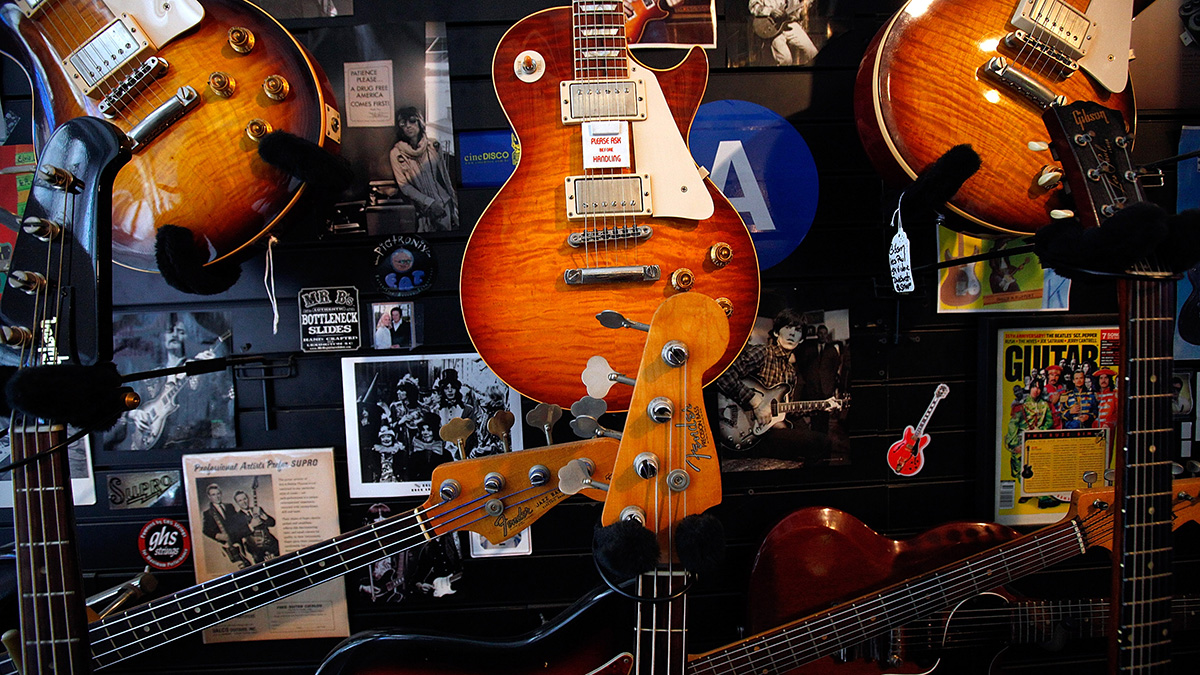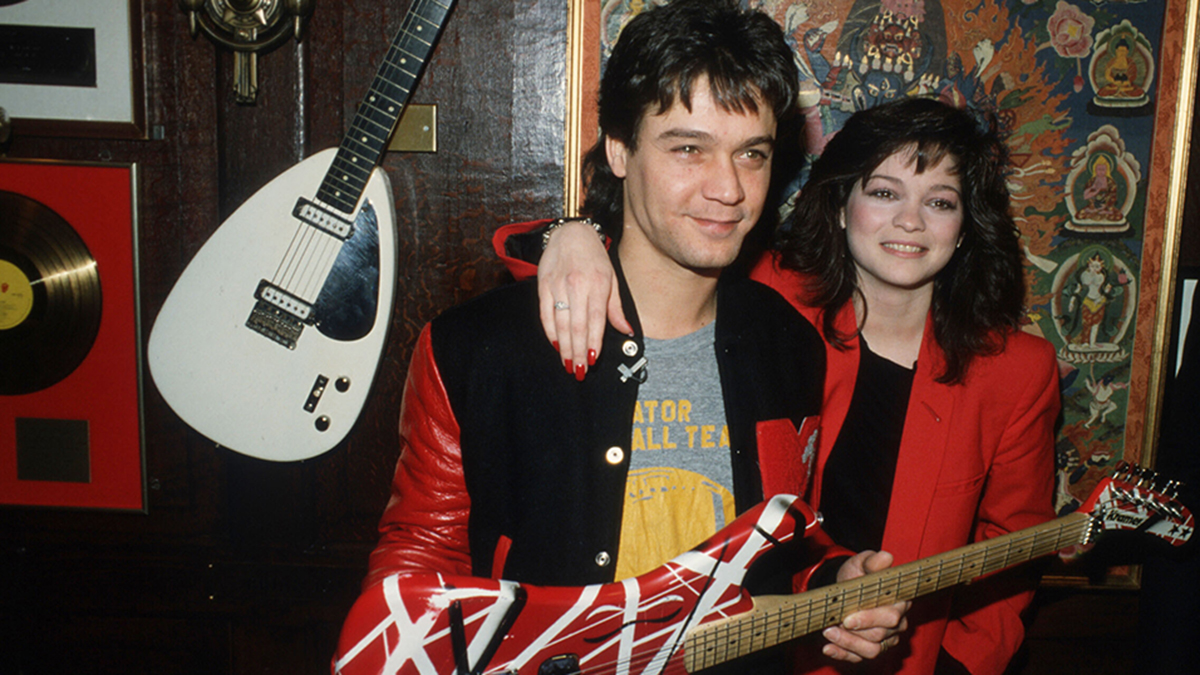10 Great Fuzz Guitar Songs
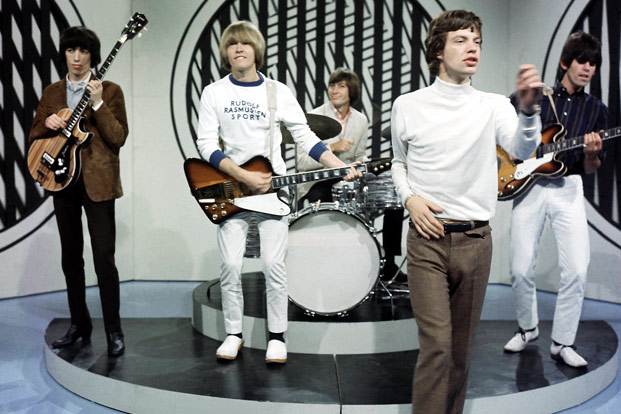
Musicians can still be a little fuzzy when it comes to describing the sound of fuzz. Some guitarists will tell you it sounds like a 2,000-pound bee trapped in a sturdy metal box—perhaps with a potentiometer installed somewhere behind the wings.
And while many fuzz guitar tunes and tones did (and do) make the most of the original fuzz "buzz" sound, fuzz actually has many facets, many sides, many fuzz faces, if you will.
Here are 10 songs—compiled by several members of the Guitar World staff—that we feel represent a wide spectrum of fuzz sounds and cover a lot of stomping ground. These songs are presented in no particular order. I repeat: These songs are presented in no particular order!
If you want to track down any of these tracks, you'll find all 10 original album covers in the photo gallery below.
For more fuzz box info, check out Chris Gill's Guitar World feature on "How to Buy a Fuzz Box: A Guide for the First-Time Buyer." And if you've still got stompbox fever, check out our guide to "The Top 50 Stomp Boxes, Devices and Processors of All Time." Enjoy!
P.S.: Don't get all jerked up about these 10 choices. We're not saying they're the only essential fuzz-guitar tracks in the world. Calm down. This is escapism, people.
THE 2000 POUND BEE
The Ventures (1962)
Get The Pick Newsletter
All the latest guitar news, interviews, lessons, reviews, deals and more, direct to your inbox!
Let's start with "The 2000 Pound Bee," a 1962 track by the Ventures, the best-selling instrumental band of all time. While no one (including us) wants to make the claim that this is the first song to feature intentional fuzz guitar (as in, fuzz as the result of an effect pedal, as opposed to a busted speaker cone), it is commonly accepted to be exactly that (Although we must mention that it's not necessarily true). The Ventures were always ahead of the curve when it came to weird effects, as best demonstrated by their very "out there" 1964 album, The Ventures In Space. That's Nokie Edwards playing the fun, fuzzy riff, by the way.
HEART FULL OF SOUL
The Yardbirds (1965)
And to think these guys originally tried to play this classic guitar riff on a sitar! Seriously, why bother? Jeff Beck's tone on this mid-1965 hit single pretty much exemplifies the still-much-sought-after mid-'60s "fuzz" and/or "buzz" tone. Oddly enough, Beck used a fuzz box to recreate the tone of a sitar, the very instrument that didn't cut it in the first place. Beck is playing an MKI Tone Bender pedal on this track.
WHEN THE MUSIC'S OVER
The Doors (1967)
Back to California we go, with the Doors' 11-minute-long "When the Music's Over," a standout track from 1967's Stange Days. "Fuzz distortion was all we had," Doors guitarist Robby Krieger has said in past interviews. "We didn't have overdrive on our amps." In a Guitar Player magazine interview, he added that the fuzz was created by recording direct and cranking the gain/overdriving tube input on the mixing board. Regardless of how he achieved the fuzz tone on this track, it is beautiful, bizarre and creepy all at once!
Iron Butterfly, "In-A-Gadda-Da-Vida"
Let's stay in the Sixties a bit longer with an extended visit to the garden of life, aka "In-A-Gadda-Da-Vida" from Iron Butterfly's super-psycho 1968 album of the same bizarre name. Yes, that sentence was a mouthful—and this 17-minute-long track is an earful of pretty much every late-Sixties psychedelic-rock cliche. You have the lengthy drum solo, the spooky church-organ-style keyboards, the arguably meaningless lyrics and, of course, the fuzz guitar. This time, the fuzz is courtesy of an original Mosrite Fuzzrite—and teenage guitarist Erik Braunn. For more about the Fuzzrite, check out this site.
The Guess Who, "American Woman"
Don't worry—we'll return to Sixties (We have to; we haven't mentioned Jimi Hendrix and his Fuzz Face yet). However, let's take a brief detour to early 1970, and up north to lovely Canada, home of the Guess Who, a band that scored a major hit with this tune about women from "south of the border." The song is noteworthy for Randy Bachman's unique, creamy, sustaining, neck-pickup tone (or "cow tone," as Ozzy Osbourne might say). For more about Bachman's adjective-laden "American Woman" tone (and how it came to be that way), check out this website.
Jimi Hendrix, "Foxy Lady"
You knew this was coming! "Foxy Lady"—or pretty much any track from Jimi Hendrix's debut album, Are You Experienced?—is a prime example of Hendrix playing his Fender Strat through a germanium Fuzz Face pedal (a Fuzz Face using germanium transistors.) Most germanium pedals simply reflect the qualities of a vintage tube amp, but in super-cranked mode, providing a warm sound when the speaker breaks up. It's a "rounder" distortion, as heard on "Foxy Lady." It's not at all what you hear on the Yardbirds' "Heart Full of Soul" or "Over Under Sideways Down." These days, Jim Dunlop makes a faithful reproduction of a slightly-later Hendrix pedal—his 1969/'70 Dallas Arbiter Fuzz Face, which was built around a BC108 silicon transistor. For more about the new Hendrix Fuzz Face, head here.
BECK'S BOLERO
Jeff Beck (1967)
Yes, it's Jeff Beck again, this time as a solo act, still fuzzing away. "Beck's Bolero"—released in March 1967—was the B-side of Beck's first single, "Hi Ho Silver Lining" (which features the mop-topped guitarist on vocals—a true rarity). The brief but powerful instrumental features Beck and Jimmy Page on guitar (Beck on lead, of course), John Paul Jones on bass, Nicky Hopkins on piano and Keith Moon on drums. It was recorded in mid-1966, before there was a Led Zeppelin—and before Beck had even left the Yardbirds. Although we'll try to verify this the next time we speak to Beck, it is widely believed he used a Mk.II/Supa Fuzz pedal on this song.
CHERUB ROCK
Smashing Pumpkins (1993)
We haven't mentioned the Big Muff yet! Enter "Cherub Rock" by Smashing Pumpkins, a killer song in general and a perfect example of the sound of an early Big Muff. The rest of the Billy Corgan's recording chain is most likely a Strat and a Marshall amp; but the Big Muff is doing the talking here.
SABOTAGE
Beastie Boys (1994)
Here's a curve ball for you, direct from New York City! It's "Sabotage" by the Beastie Boys, which makes this list on the merits of its fuzz bass sound, which is absolutely killer—and nearly as cool as the song's mustache-heavy music video. As heard in other fuzz-bass-centric tunes, including the Beatles' "Think for Yourself," the bottom end gets a bit lost, but the gains (no pun intended) are many. The bass was played through a Black Cat Superfuzz unit, which was based (again, no pun ...) on a 1970s Univox Superfuzz. Like its inspiration, the Black Cat truly pounces and shrieks! Insert your own cat-related puns here.
(I CAN'T GET NO) SATISFACTION
The Rolling Stones (1965)
We'll wrap things up with a classic from 1965: "(I Can't Get No) Satisfaction" by the Rolling Stones. The famous fuzz riff with the almost-trombone-like tone is played by the maestro, Keith Richards, who happens to be playing through a Maestro Fuzztone FZ-1, a pedal made by Gibson/Norlin. The Maestro, which had a tone and fuzz potentiometer, plus a push on/off footswitch, was probably the best-known early commercial distortion circuit. The massive success of "Satisfaction" led to increased interest in fuzz pedals and sound research — not to mention stories like the one you're just finishing reading now.
DON'T WORRY
Marty Robbins (1961)
Be sure to check out Grady Martin's six-string bass solo from this 1961 Marty Robbins hit; it starts at 1:24. Music historians claim the fuzz effect was an accident; Martin—a legendary session player—was using a faulty channel in the mixing desk, which resulted in a distorted sound. Although Martin wasn't in love with the effect, Robbins' producer decided to leave it in. For more about the late, great Grady Martin, who plays guitar on Robbins' "El Paso," Johnny Burnette's "Train Kept A-Rollin'" and Roy Orbison's "Oh, Pretty Woman" (and countless others), head here.
Damian Fanelli is the online managing editor at Guitar World. Here he is playing a Fender Nashville Tele through a Tone Bender clone on the Blue Meanies' version of "Heart Full of Soul."
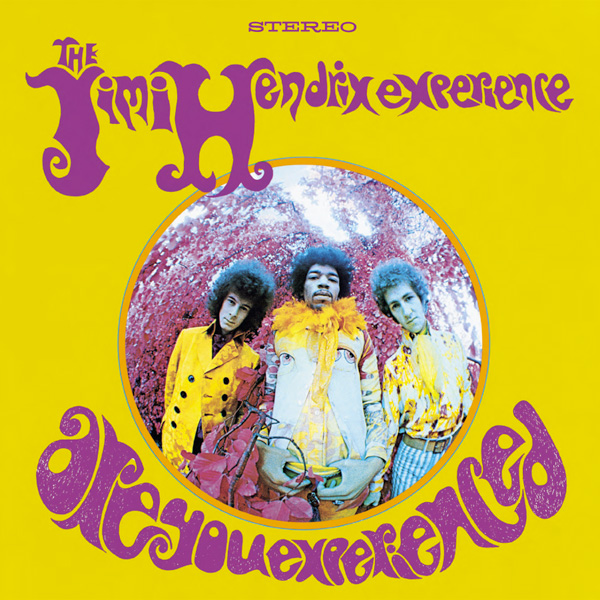
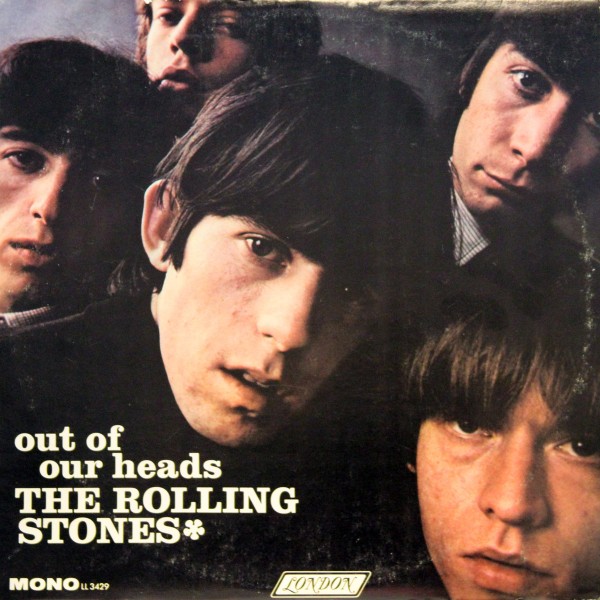
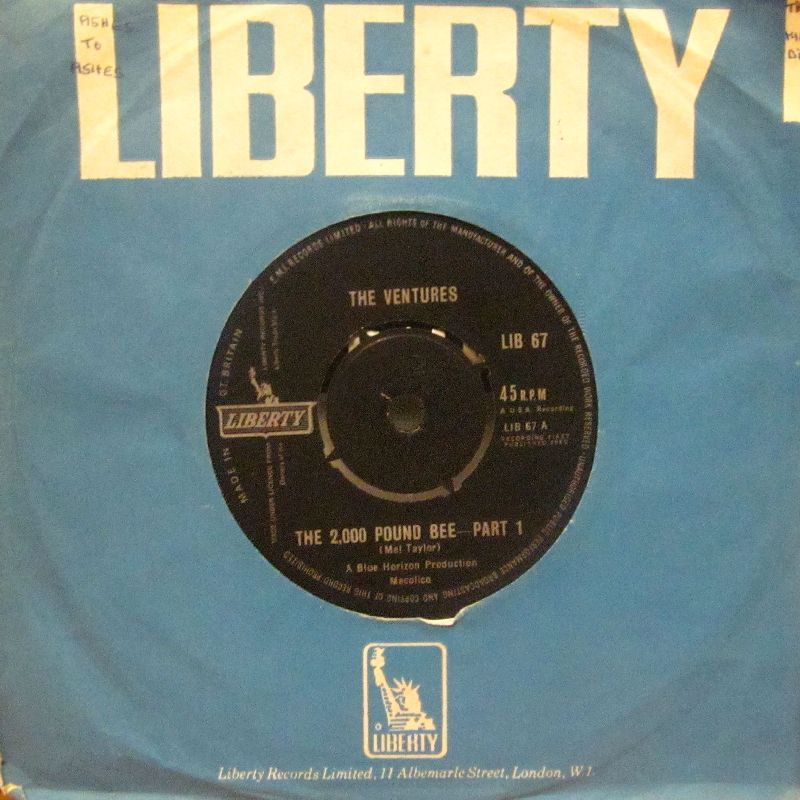
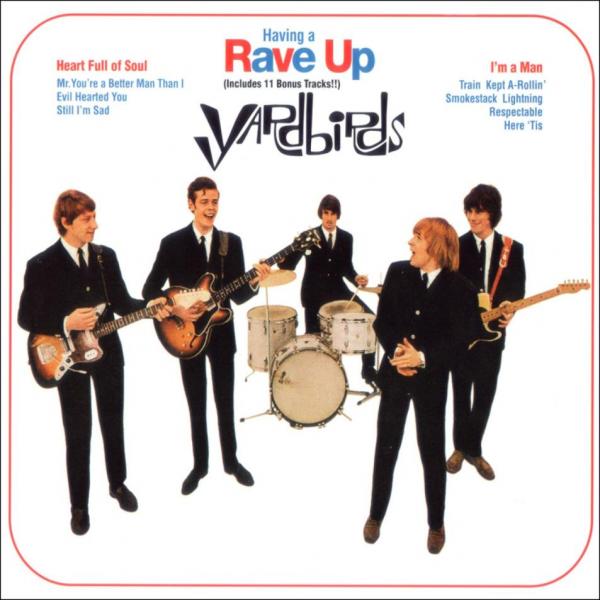
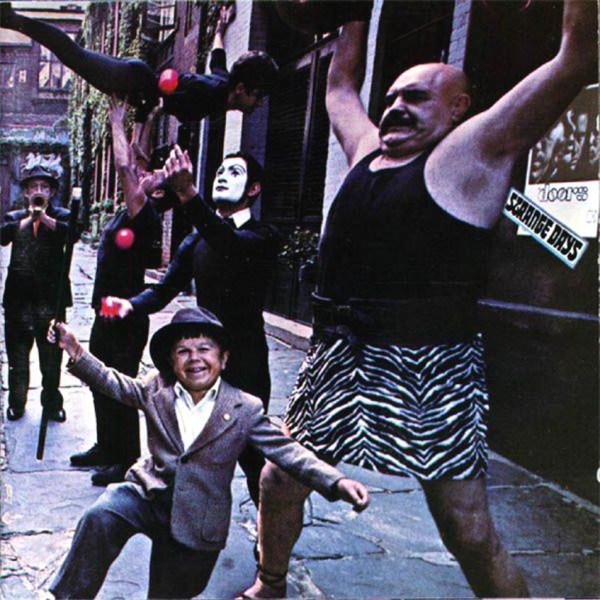


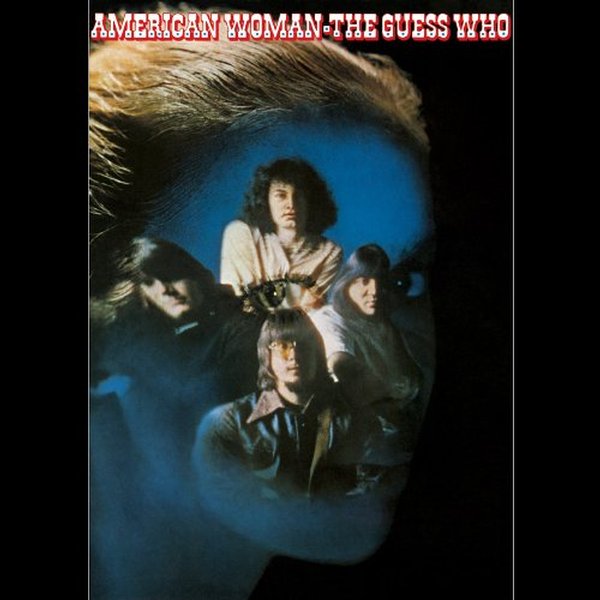
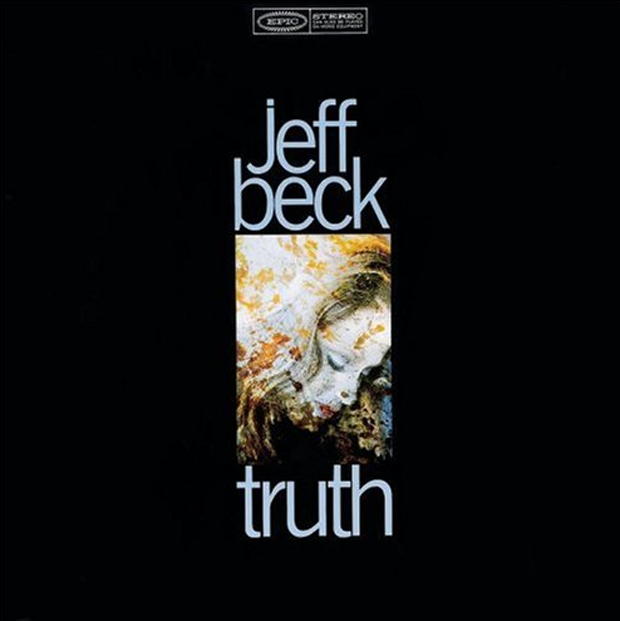
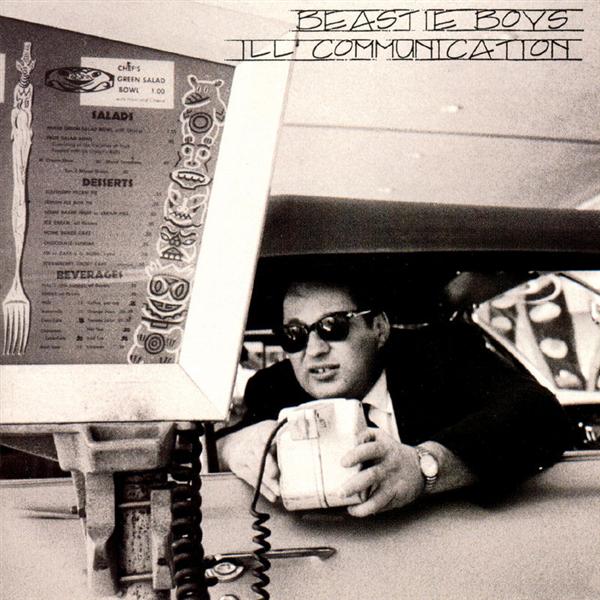

Damian is Editor-in-Chief of Guitar World magazine. In past lives, he was GW’s managing editor and online managing editor. He's written liner notes for major-label releases, including Stevie Ray Vaughan's 'The Complete Epic Recordings Collection' (Sony Legacy) and has interviewed everyone from Yngwie Malmsteen to Kevin Bacon (with a few memorable Eric Clapton chats thrown into the mix). Damian, a former member of Brooklyn's The Gas House Gorillas, was the sole guitarist in Mister Neutron, a trio that toured the U.S. and released three albums. He now plays in two NYC-area bands.





